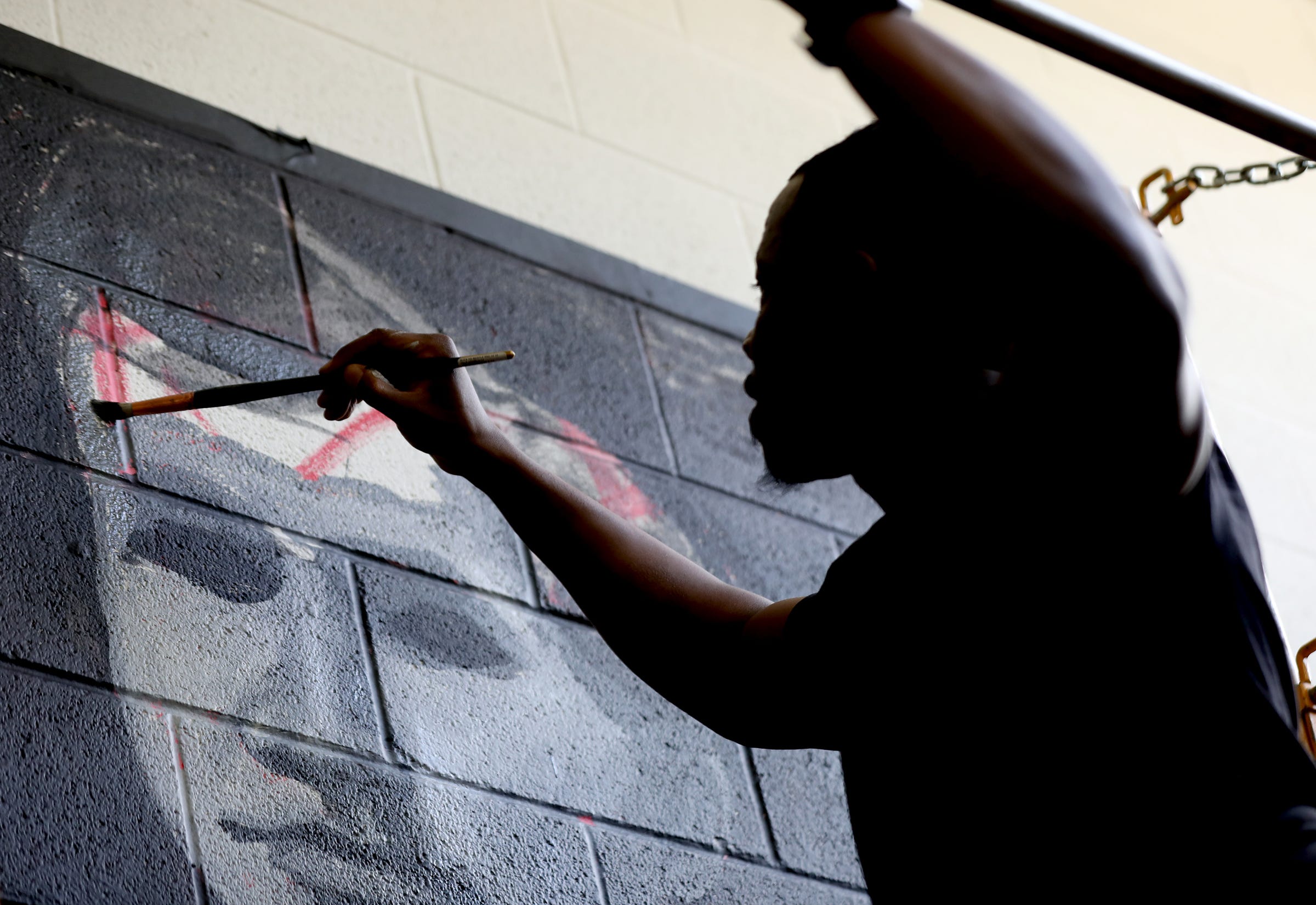
:max_bytes(150000):strip_icc()/morganearly-57a2ba7a3df78c3276770d9a.gif)
To get the pixel dimensions of the active window, we can use Screen.width and Screen.Height. The pixel coordinates of the bottom left corner of the application window are 0,0 and the coordinates of the top-right corner are the same as the pixel dimensions of the window. When reading the mouse position in Unity, we deal with pixel coordinates (often referred to as screen points or screen space positions). We can access the module from UnityEngine.Input for reading the current mouse position, we can call Input.mousePosition. When we create a new Unity project, the legacy input module is enabled by default.

Let’s now jump into Unity and see how we can start detecting the mouse input. We’ll be focusing only on the solutions provided by Unity and won’t cover any third-party plugins. We’ll start by looking at the legacy input system and then familiarize ourselves with the new input system and input actions. In this article, we’ll take a look at three different ways for using mouse movement as an input in Unity.

By doing this, we can use the resulting 3D coordinate to select or highlight game objects in the 3D space, or instantiate some nice dust particles when the player clicks on a terrain to provide some nice juicy feedback. We also often need to do a coordinate system conversion in which we convert the mouse position into a world space position - essentially, converting a 2D screen coordinate into a 3D coordinate somewhere inside the game scene. Not only is the mouse used for interacting with 2D UI elements, such as buttons, sliders and checkboxes, it’s also very common to use it to interact with 3D game objects inside the game scene, or, for example, to display an informative UI tooltip next to the mouse cursor. Understanding how mouse input works is one of the most fundamental tools in every Unity developer’s skill set.
#Mousepose earlier version how to#
How to detect mouse movement as an input in Unity Having previously worked on several F2P mobile games and indie titles, he is now working as the lead programmer in a story-driven tactics RPG for PC. Now your audience can easily follow along.Jussi Tuomi Follow Jussi is a programmer and a game developer specializing in C# and the Unity game engine. Mouseposé helps avoid this problem by making the key strokes visible. Presenters often forget that their audience can’t see their keystrokes and confuse them by using shortcuts. In contrast to a simple laserpointer, not only does Mouseposé highlight the mouse pointer, it also visualizes mouse clicks by drawing a red circle (or two or three depending on the number of mouse clicks) around the mouse, enables you too choose a sound to be played when the mouse is clicked and lets you pick different colors for right and left mouse clicks. The audience will be able to follow you much better throughout your presentation if people can clearly see what you are doing. The whole effect, including the size of the circle and the intensity of the dimming, can be extensively customized to your liking. An elegant start/stop animation is designed to draw your eyes toward the mouse pointer, wherever it might be hiding. We call it the „Mouseposé Effect“: To highlight the area of interest around the mouse pointer, just hit a configurable hotkey and the entire screen is slightly dimmed and just a circle around the mouse is highlighted. When activated, it dims the screen and shines a spotlight on the area around the mouse pointer, easily guiding the audiences attention to an area of interest. Mouseposé also is your cheat for the « find the tiny mouse pointer » game which has become popular with multiple huge high resolution displays connected to your computer. Mouseposé is the indispensible mouse pointer highlighting tool (aka « virtual laserpointer ») for everyone doing demos at tradeshows, presentations, trainings and screencasts, or those individuals with huge and high resolution displays. Mouseposé requière macOS Mojave désormais pour fonctionner. Petites nouveautés quand même avec le support du plein écran et de Keynote et Powerpoint. Mouseposé 4, totalement réécrit en swift, arrive après 10 années sans mises à jours (what?), et donne à nouveau accès à toutes les options de focus, d’opacité du fond de la fenêtre, de blur, de mise en surbrillance du clic, etc… Avec un petit refresh de l’interface qui reste bien old school malgré tout.
#Mousepose earlier version plus#
Tout arrive ! Mouseposé, petit utilitaire ultra pratique pour qui a déjà eu à réaliser des présentations et/ou formations sur mac ne fonctionnait plus avec la nouvelle version de macOS (Mojave).


 0 kommentar(er)
0 kommentar(er)
